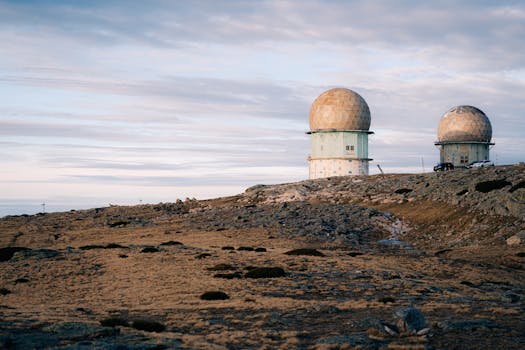Exploring GEO Satellites: Understanding the Technology and Applications

GEO Satellites: The Focus Keyword
GEO satellites, or Geostationary Earth Orbit satellites, are a type of satellite that orbits the Earth at an altitude of approximately 36,000 kilometers. At this height, the satellite’s orbital period matches the Earth’s rotational period, allowing it to remain stationary relative to a fixed point on the Earth’s surface. This unique characteristic makes GEO satellites ideal for a wide range of applications, including communication, navigation, and weather forecasting.
The technology behind GEO satellites is complex and fascinating. These satellites are equipped with advanced transponders, which receive and retransmit signals to and from Earth. The signals are transmitted through large antennas, which are pointed towards the Earth’s surface. The satellites also have solar panels to generate power and propulsion systems to maintain their orbit. The design and construction of GEO satellites require careful planning and precision engineering to ensure they can operate effectively in the harsh environment of space.
Applications of GEO Satellites
GEO satellites have numerous applications in various fields, including communication, navigation, and weather forecasting. In the field of communication, GEO satellites are used to transmit television signals, provide internet connectivity, and enable mobile phone communication. They are also used for navigation, providing location information and timing signals for GPS and other satellite navigation systems. Additionally, GEO satellites are used to monitor weather patterns, track storms, and predict natural disasters.
The use of GEO satellites has revolutionized the way we communicate and navigate. With the help of these satellites, we can stay connected with people across the globe, access information, and navigate through unfamiliar territories. The impact of GEO satellites on our daily lives is significant, and their applications continue to expand as technology advances.
Future of GEO Satellites
The future of GEO satellites looks promising, with ongoing research and development aimed at improving their technology and expanding their applications. One of the key areas of focus is the development of new propulsion systems, which will enable satellites to maintain their orbit more efficiently and extend their lifespan. Additionally, there is a growing interest in using GEO satellites for Earth observation, which involves monitoring the Earth’s surface to track changes in the environment, climate, and natural resources.
Another area of focus is the development of smaller, more agile satellites, known as smallsats or cubesats. These satellites are designed to be more cost-effective and flexible, allowing for more frequent launches and a wider range of applications. The use of smallsats is expected to increase in the coming years, with many companies and organizations planning to launch constellations of these satellites to provide global coverage and improved services.
Challenges and Limitations
Despite the many advantages of GEO satellites, there are also challenges and limitations to their use. One of the main challenges is the risk of satellite collisions, which can result in significant damage and disruption to services. Additionally, there is a growing concern about space debris, which can pose a hazard to operational satellites and make it difficult to launch new ones.
Another limitation of GEO satellites is their high cost and complexity. Launching a GEO satellite requires significant investment and technical expertise, making it inaccessible to many organizations and countries. Furthermore, the satellites themselves are complex systems that require careful maintenance and upkeep to ensure they continue to operate effectively.
In conclusion, GEO satellites play a vital role in modern communication, navigation, and weather forecasting. Their technology and applications are diverse and continue to expand as research and development advance. While there are challenges and limitations to their use, the benefits of GEO satellites far outweigh the costs, and they will remain an essential part of our technological infrastructure for years to come.

